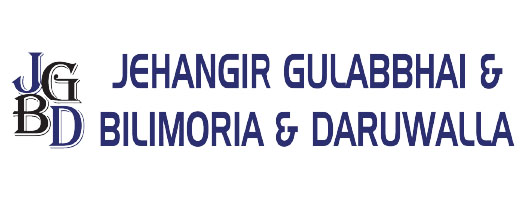SECTION 47 AND SECTION 57
• DIFFERNENCE BETWEEN PROVISIONS OF SECTION 47 AND SECTION 57
The provisions mentioned under Section 47 are independent provisions that are not related to another proceeding. Whereas for the Application filed under Section 57 of the Act, it is not required to prove the provisions of clause(a) and clause(b) of Section 47 of the Act.
It is pertinent to note that the provisions of Section 57(1) are sufficient and clear to describe that the Hon’ble High Court or the registrar of the Trademarks is empowered to make an order regarding variations in the conditions of the registration of the trademark or cancellation of the trademark. The said Order can be passed due to failure on the part of the Applicant or due to infringement in complying with the conditions imposed at the time of giving the registration.
The provisions of Section 57 also prescribe that if after obtaining the registration of the trademark, the registered proprietor fails to comply with conditions imposed at the time of registration, the Hon’ble High Court or the tribunal may remove such registered mark on the ground of non-compliance with the conditions.
The provisions mentioned in Section 47 of the Act are self-contained, and the same talks about the removal of the trademark from the Register of Trademarks due to non-use of such trademark.
In the case of Lachamndas Biharilal v. Bhagwan Das. It was held that there is nothing mentioned under the provisions of Section 57 of the Act, which talks about the construction that exercise of the powers as mentioned under Section 57 of the Act, is dependent on the establishment of pre-conditions and ingredients of Section 46 of the Act. Both the provisions are different and not related to each other.
•SUGGESTIONS/RECOMMENDATIONS
The author of the present paper is of the opinion that the following amendments can be made in the existing statute of the trademark law in India.
- THE PERIOD OF NON-USE CAN BE REDUCED TO THREE YEARS FROM FIVE YEARS
To achieve greater efficiency, the period of for which non-use is allowed can be reduced to three years as compared to five years. This amendment will help in identifying the proprietors who have not applied for the trademark with the bona fide intention, and it will also help the customers in being prevented from getting cheated in the future. - CONTINGENCY REGARDING SPECIAL CIRCUMSTANCES SHOULD BE REMOVED
The author of the present paper thinks that there is a big loophole in the statute regarding the non-use of the trademark. The provisions regarding the special circumstances have been enacted in a way to protect the registered proprietor but there are many instances where the registered proprietors have taken a lot of unnecessary benefits of these provisions therefore, the efforts should be made to curb them.
•DISPARTIES IN VERDICTS OF JUDICIARY REGARDING THE INTERPRETATION OF THE CLAUSE SPECIAL CIRCUMSTANCES
The author of the present paper is of the opinion, since there exist slot of contingencies and ambiguities regarding the interpretation of the term special circumstances and there is huge number of disparities in the viewpoints of the court too, the clear guidelines should be provided to ascertain as to what cones under the purview of special circumstances and what does not come under it.
- THE DEFINITION OF THE TERM “USE” SHOULD BE MADE STRICT
Under the trademarks law, the term use is interpreted in a very liberal manner. This gives an advantage to those proprietors who do not intend to use the mark at all. Therefore, the use of the trademark ought to be made compulsory as and term “use” should not construe liberally.
- USE TO BE PROVED FOR EACH GOODS
The provisions should be inserted that say that the registered proprietor should prove the use as regards to each good as mentioned under the specification of goods for which the trademark application has been filed. It is pertinent to note that this kind of provision exists in USA. The enactment of this provision would help in reducing the monopoly that is used by the registered proprietor by claiming entire set of goods of a particular class.
• CONCLUSION
After, analysing the provisions of Section 47 of the Act, which talk about the non-use of the trademark and provisions of Section 57 of the Act, which talk about the rectification of the trademark one thing is very clear that the provisions provided under Indian statute of Trademarks Law are very lenient and liberal in understanding the excuses given for the non-use or rectification.
As the author of the present mentioned in the way forward, there is a lot of scope for the improvement in the area of non-use and rectification of the trademark. Also, in conclusion we can also say that in India the meaning of the term ‘Use” is very wide, and its scope can be further widened as per the facts and circumstances. In India, sometimes even the practice of certain advertisement would suffice the need for the term “use” and would prove it as use.



